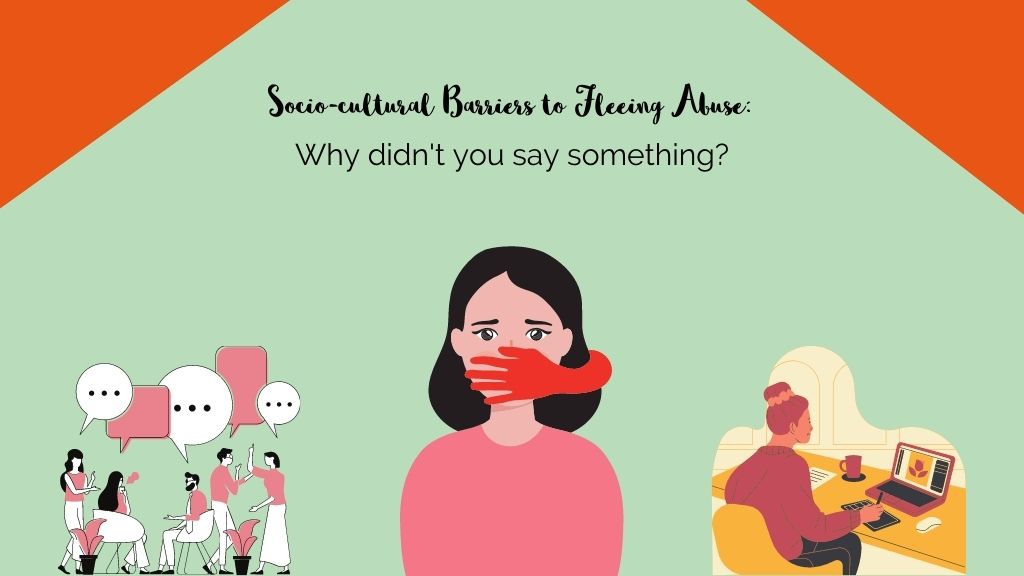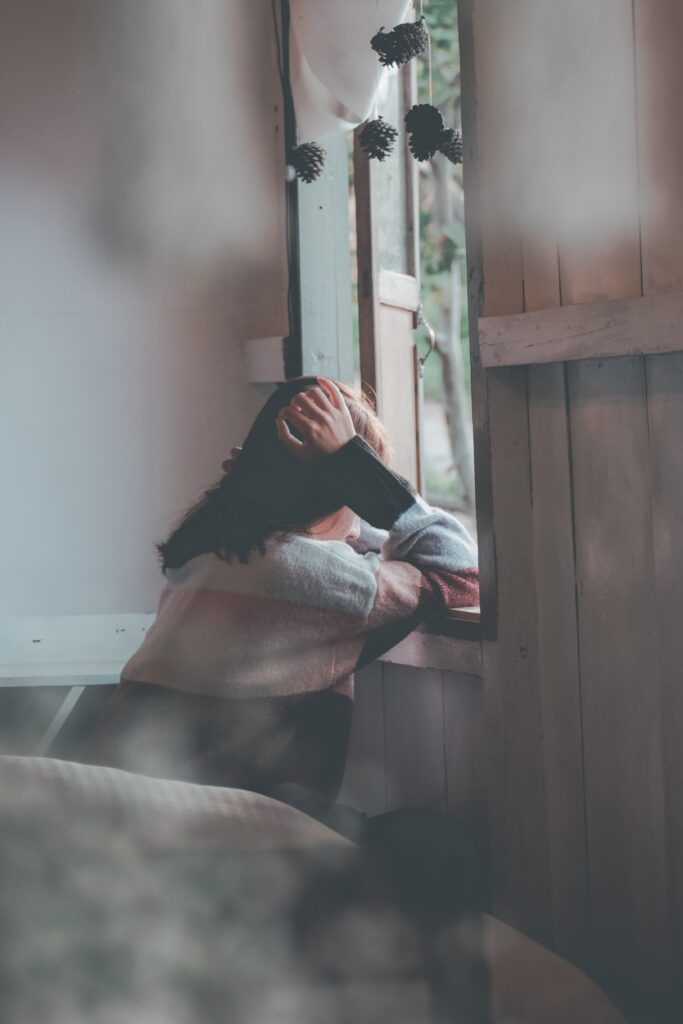
It is estimated that over 80% of women and girls who experience violence at the hands of an intimate partner, spouse, or relative do not report the abuse. When women are fleeing violence, one of the most important factors in getting help, is having an effective support network. However, confiding in this support network can be a daunting task. This is because individuals in Western society are raised in a culture that tolerates, and even accepts the physical, emotional, and sexual abuse of women.
How Media and Gender Roles Create a Culture of Violence and Victim Blaming
So, how exactly do these abuse-tolerating values form?
These prejudices and values tend to manifest subconsciously. Most people don’t walk around thinking that abuse is acceptable, or even tolerable. Instead, these biases present themselves in what we consider to be abuse, how we react to abuse, and how we perceive victims.
We are first taught to ignore abuse through the definition of abuse, and more importantly what abuse is not. Narratives portrayed in media, the language used to describe abuse, and how abuse is approached in family dynamics can influence our values and shape our implicit biases. All of these factors may lead one to perceive abusive behaviour as normal. Despite the recent socio-cultural changes in how society views relationships between men and women, there are still deeply rooted sexist beliefs that violence against women is acceptable. These beliefs are both reflected in, and created by, news reports, magazines, and television.
Media narratives tend to normalize abuse towards women, and sometimes portrays it in a humorous way. As a result, viewers may subconsciously believe that men’s physical or verbal aggression is normal in a romantic relationship. This can create harmful assumptions, such as the idea that men demonstrate love through abuse and that women’s lives are worth less than their male counterparts. These assumptions have intersectional implications. If we allow abuse because women are viewed as subordinate to men, women already discriminated against on the basis of race, disabilities or sexuality, are more likely to experience abuse, and be blamed for it.
One of the many reasons it is difficult for victims to come forward is because of society’s very narrow definition of abuse, and of victims.
First, in order for society to believe a woman has experienced violence, she must fit the mould of what a “good” victim should be. Good victims can be seen as someone who came forward immediately, did not “invite” the violence in any way, and has not made any mistakes or acted irrationally.
Second, the abuse must also be verifiable from a legal standpoint, which usually means only physical abuse is recognized. This is not to say everyone actively blames victims, however, victim blaming is prevalent enough to deter women from fleeing dangerous situations.
Finally, victim blaming also serves as a way for abusers to keep women from leaving their situations. This means less women come forward, as they can be convinced by their abuser that the abuse is their fault.
Real-World Impacts of Normalized Abuse and Victim Blaming
Domestic violence and sexual assault trials are real world examples of how abuse affirmation and victim blaming can harm women even when they do choose to come forward. Acts of violence are trivialized by the language used to describe them in courtrooms. Men’s actions are downplayed as acts of “passion” or “anger” while women are blamed for the violence they experience. In these trials, the woman is often questioned about their past sexual behaviour, relationship history, and drug or alcohol use. Asking these questions can suggest that the violence can be traced to a woman’s perceived faults, essentially downplaying the abuser’s actions.
Stereotypes and learned socio-cultural values that assert women as passive and nurturing can even backfire when it comes to getting custody of their children when leaving their abuser. While women are more likely to gain custody or majority custody, it is not always for the right reasons. In a culture that normalizes violence against women, domestic violence is usually not considered a valid legal reason to gain custody in Canadian Family Court. This creates yet another obstacle for women trying to flee violence.
Moving Forward
While women fleeing violence continue to face socio-cultural barriers to getting help, progress is being made. At Dixon, we understand that one of the most important steps towards helping a woman build a life free of violence is to validate her experience. The best way to combat victim blaming is to be aware of why it exists, and how harmful it can be. When a survivor is able to come forward about the abuse she suffered, being supportive and affirming her experience is the best way to validate her, and increase the likelihood of her seeking help.

10 Ways to Validate a Survivor of Gender-based Violence
“This is not your fault.”
“You’re not alone. I’m here for you. Thank you for telling me.”
“I’m so sorry he or she did this to you.”
“I believe you.”
“Nothing you did contributed to this. Abuse is a choice your partner made.”
“No one has the right to hurt you, no matter how angry they are.”
“You aren’t being dramatic. You have every right to feel what you feel.”
“Your emotions are valid.”
“There’s a way out of this. I can help you find resources.”
“You are worthy and deserving of a safe and healthy life.”
If you or someone you know would like help leaving a violent situation, please don’t hesitate to reach out. At Dixon, you can call our 24-hour intake line at 604-298-3454 or get in touch with us by email. For resources outside of the lower mainland, please call VictimLink BC at 1-800-563-0808. If you are in immediate danger, please call 911.


